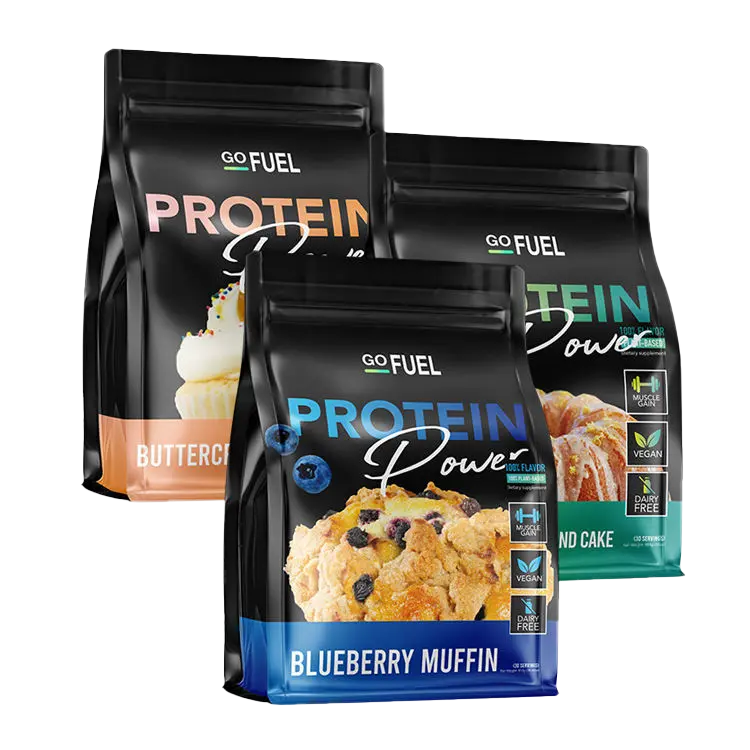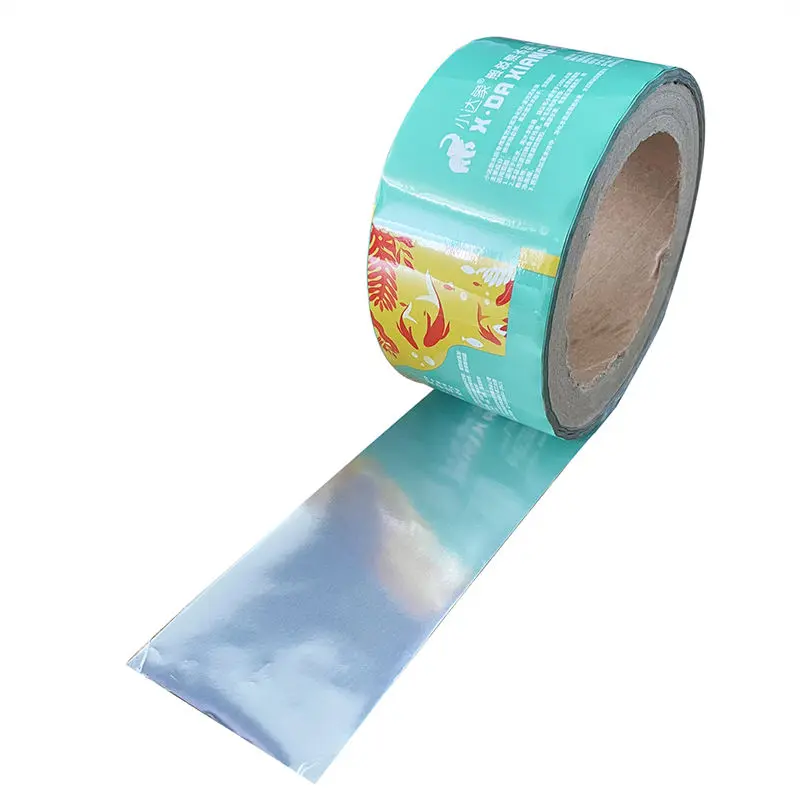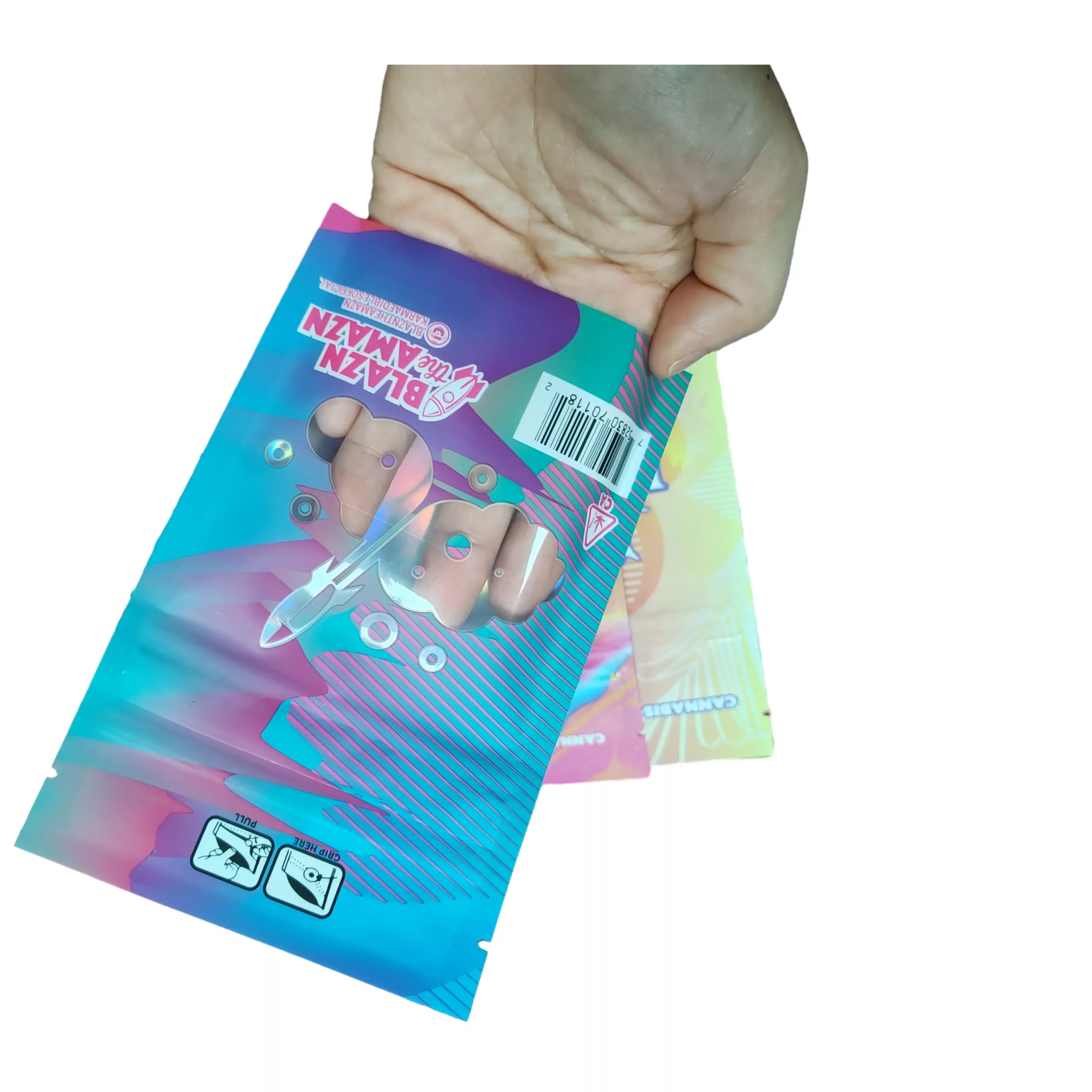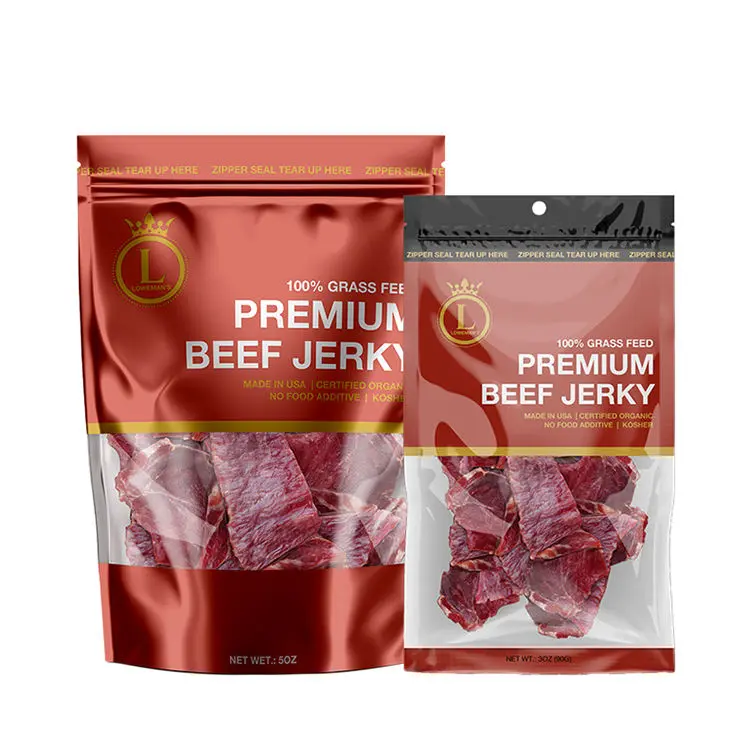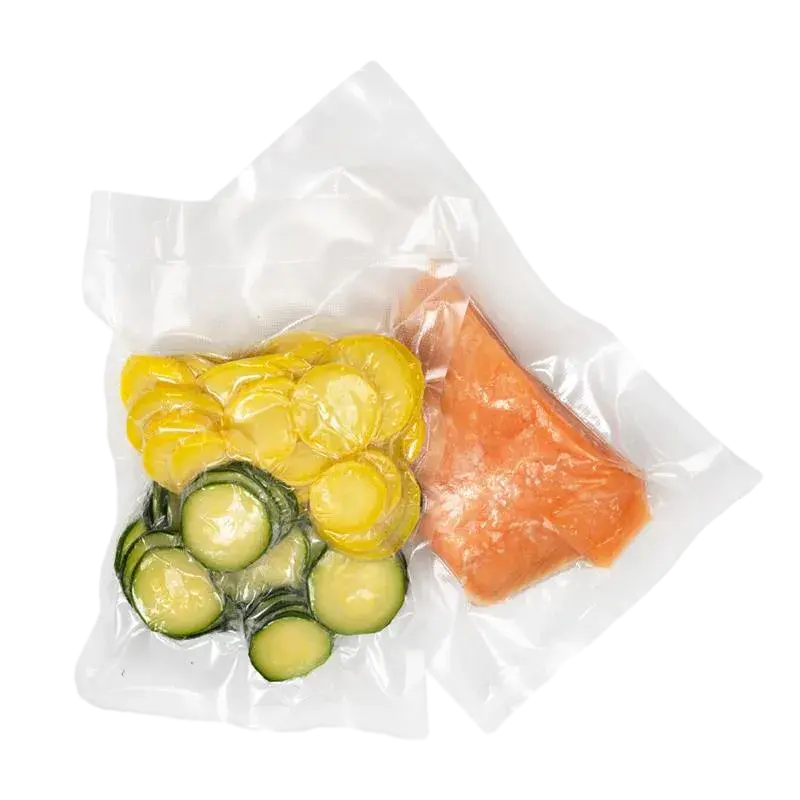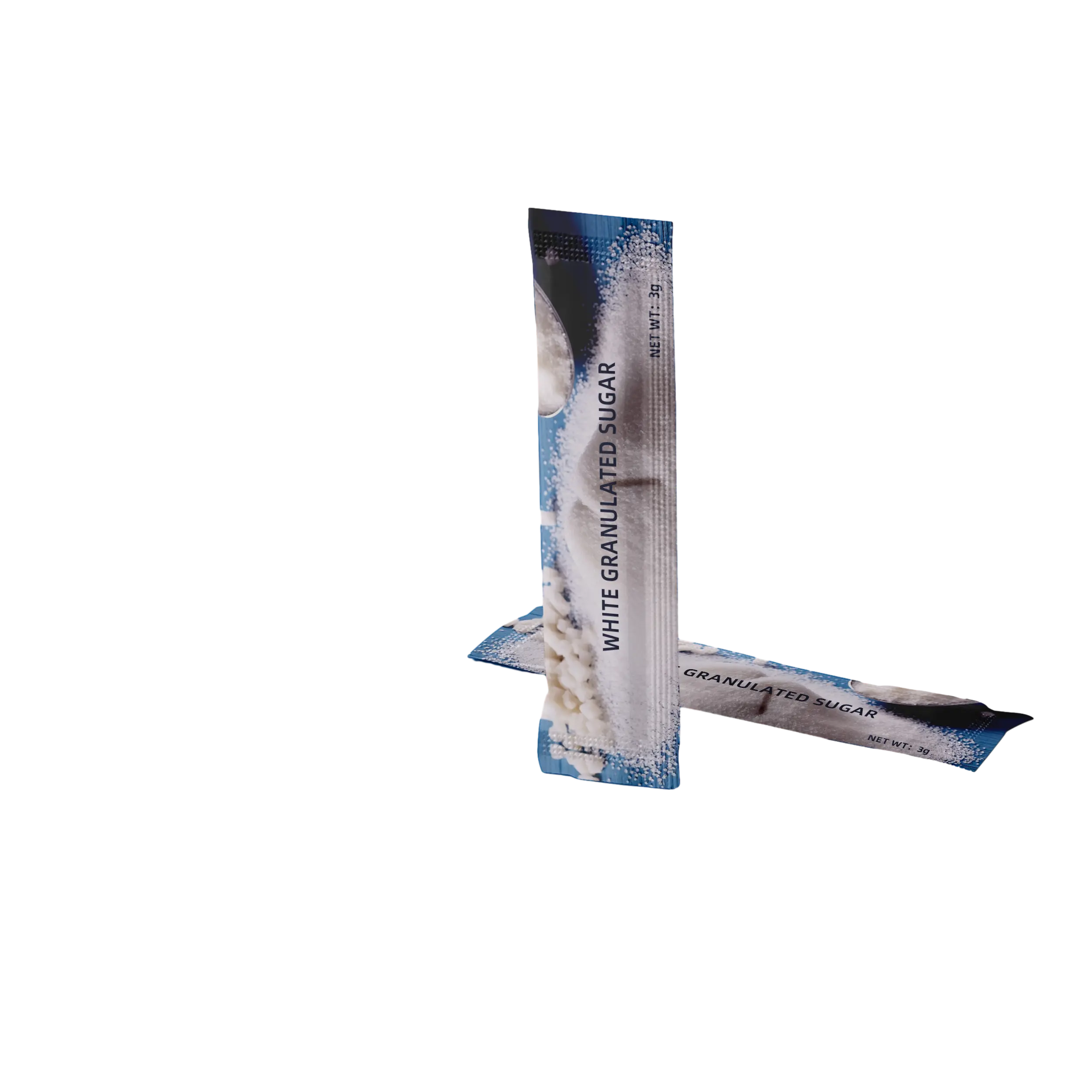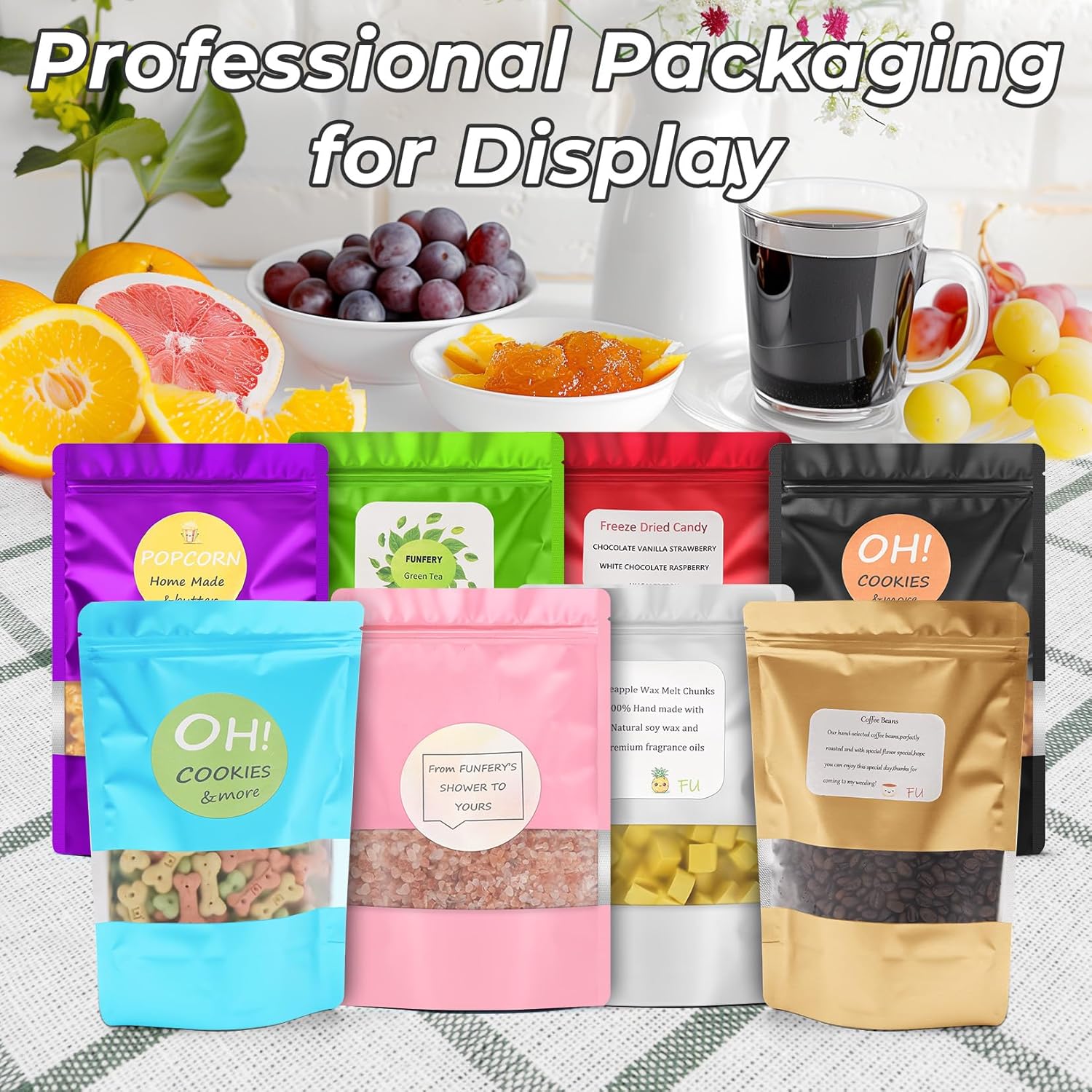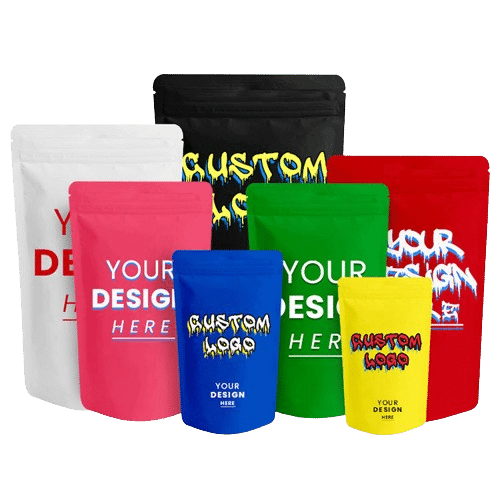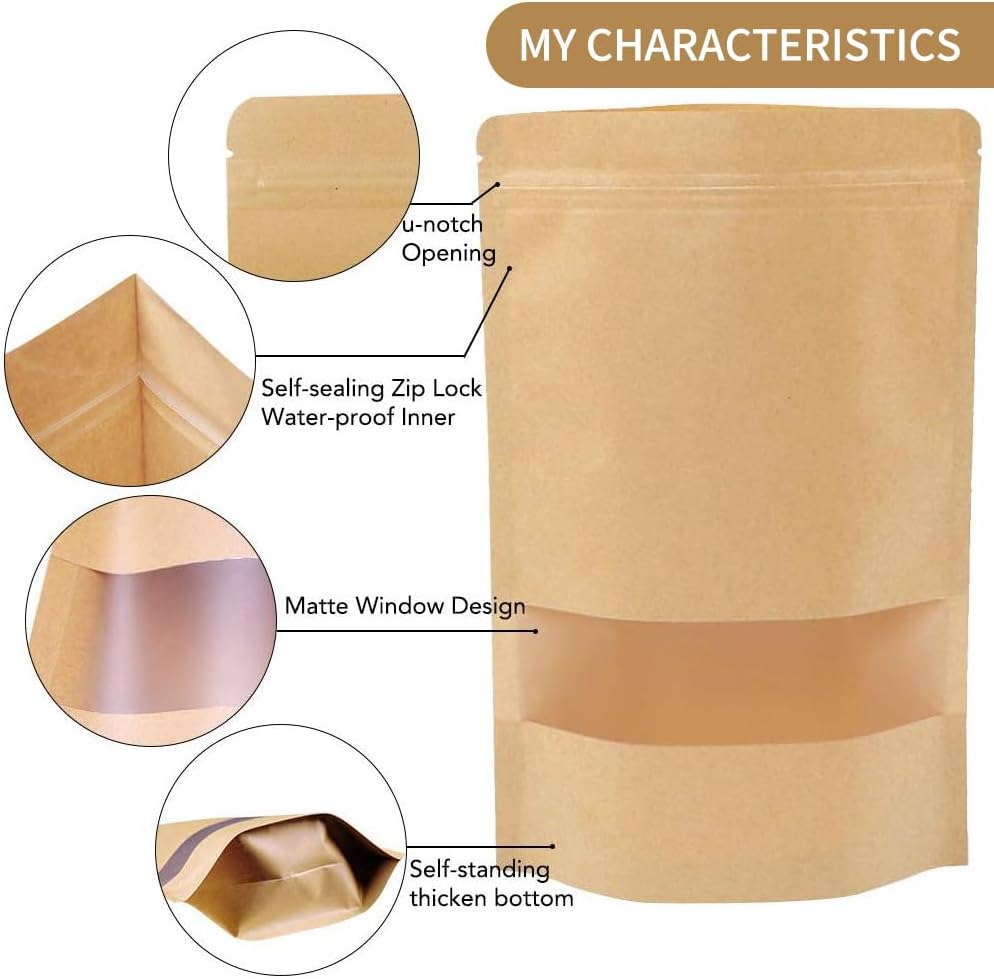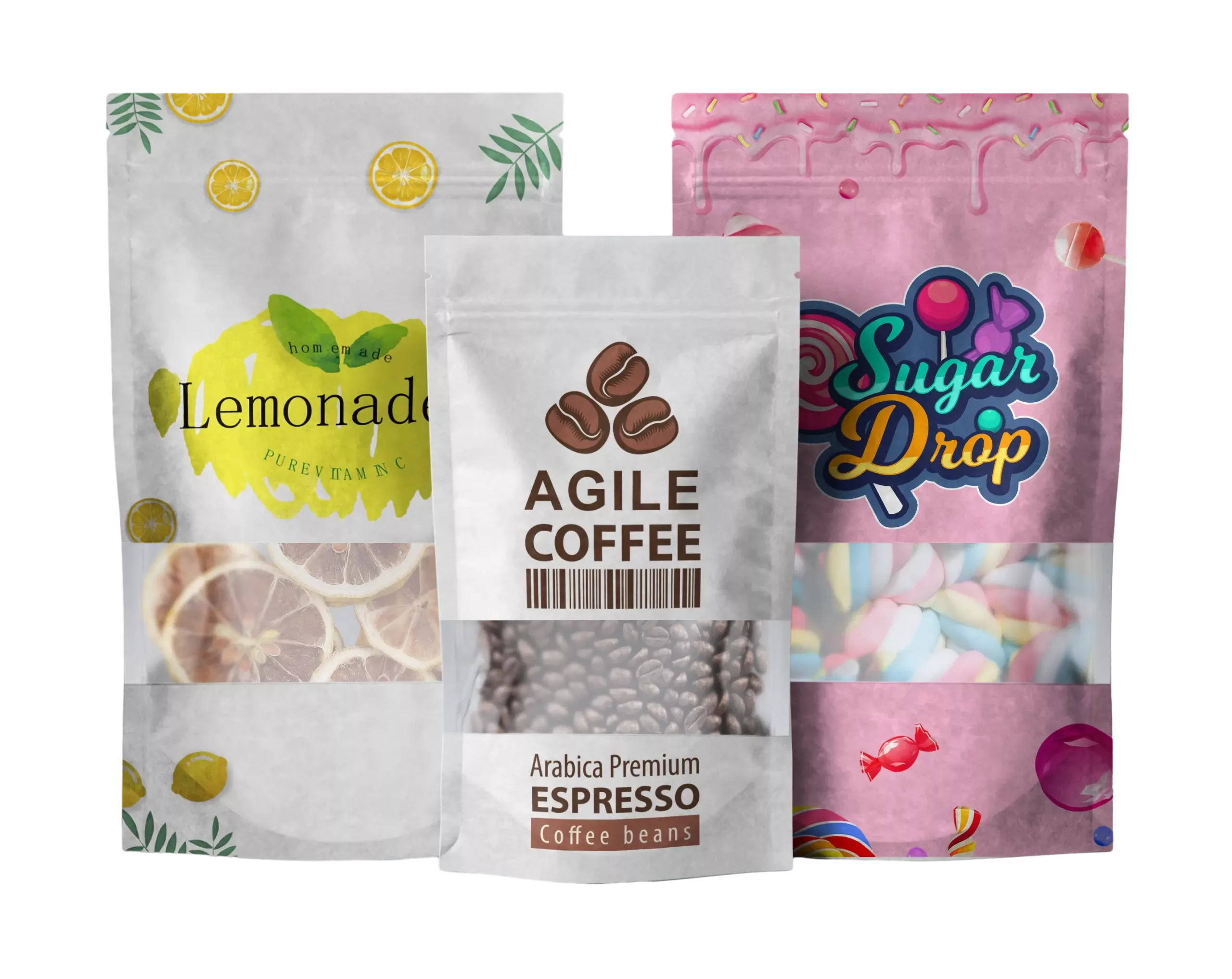Mylar bags are waterproof when properly sealed, offering strong protection against external water. Made of metalized polyester—a blend of polyethylene terephthalate (PET) plastic and a thin layer of aluminum coating—they resist moisture entry.
-
The aluminum provides a virtually impermeable seal, excluding water even in wet or rainy environments.
-
Plastic bags allow moisture to seep through over time, while Mylar does not.
This makes them ideal for keeping dry merchandise such as rice or spices in wet climates.
However, waterproofing depends on the seal:
-
Vacuum or heat sealing creates an airtight closure that keeps water out.
-
Punctures, tears, or loose seals can let water in and destroy the protection.
Also, while Mylar repels water, it doesn’t help with wet contents inside—which can cause spoilage. So, for keeping out external water, a tight seal and intact bag are essential.
How to Store Mylar Bags?
There’s an easy way to store Mylar bags and make your storage space efficient and accessible. Here’s how:
Step 1: Label Clearly
Label contents and dates (e.g., “Oats, May 2025”) with a permanent marker or label on the front.
Step 2: Sort by Type
Categorize similar items—such as grains or snacks—into groups for easy access.
Step 3: Flat Store
Lay bags flat in bins or on shelves to nest neatly and avoid seam tension.
Step 4: Elevate
Store bags off the floor in a dry location to avoid moisture wicking from below.
This setup works well for pantries, emergency supplies, or bulk storage—letting you find what you need without digging.
Do Mylar Bags Prevent Odors?
Yes—Mylar bags prevent odors very well when sealed tightly due to their metalized construction.
-
The aluminum layer blocks air movement, trapping smells inside and keeping outside odors out.
-
This is especially useful for strong-smelling contents like garlic or coffee.
The key is a proper seal:
-
Heat sealing fuses the bag closed.
-
Vacuum sealing removes air and seals in odors.
If the bag is torn or the seal is weak, odors can seep out. Store in cool, dry conditions to get the best performance.
Best Mylar Bag Performance Techniques
These tips help optimize your Mylar bags:
-
Seal Well: Use heat or vacuum sealing—check for leaks.
-
Label First: Label before filling for easy organization.
-
Store Dry: Keep in a cool, dry place (under 80°F).
-
Check Seals: Regularly inspect bags for damage.
Why Mylar Bags Excel
Mylar bags shine because of their tough, layered design:
-
The metalized coating blocks water, air, and odors—far superior to regular plastic.
-
They’re ideal for long-term dry storage: from pantry staples to survival gear.
-
Available in many sizes, from small pouches to large capacity bags.
Downsides? They must be sealed well, and they’re not made for storing wet items or rough use.
Where Mylar Bags Work Best
Mylar bags are perfect for:
-
Pantry items: beans, herbs, snacks
-
Emergency prep: food rations, dry gear
-
Non-food use: papers, electronics, and more
⚠️ Not recommended for:
-
Liquids
-
Wet or soiled contents
-
Rough environments without protection
Keep contents dry, bags sealed, and storage clean for best results.
Your Mylar Bag Questions Answered
-
Mylar bags are waterproof when sealed properly due to metalized polyester.
-
Store them flat, labeled, and off the floor for easy use.
-
They block odors with tight sealing and protect contents from external smells.
Waterproof, clean, and smell-proof—they’re ideal for long-term dry storage. Seal tight, and they’ll keep your items safe and fresh.

